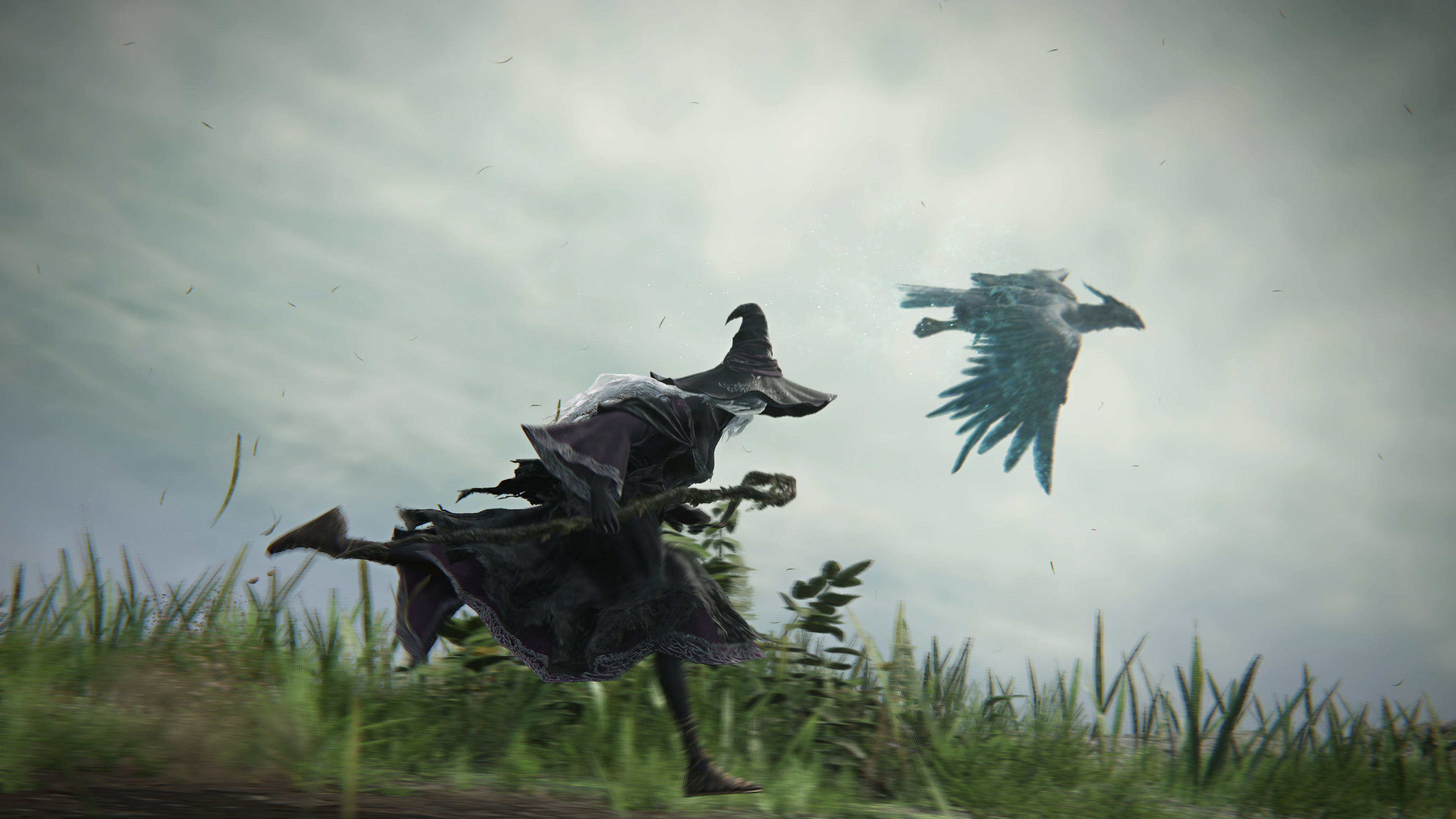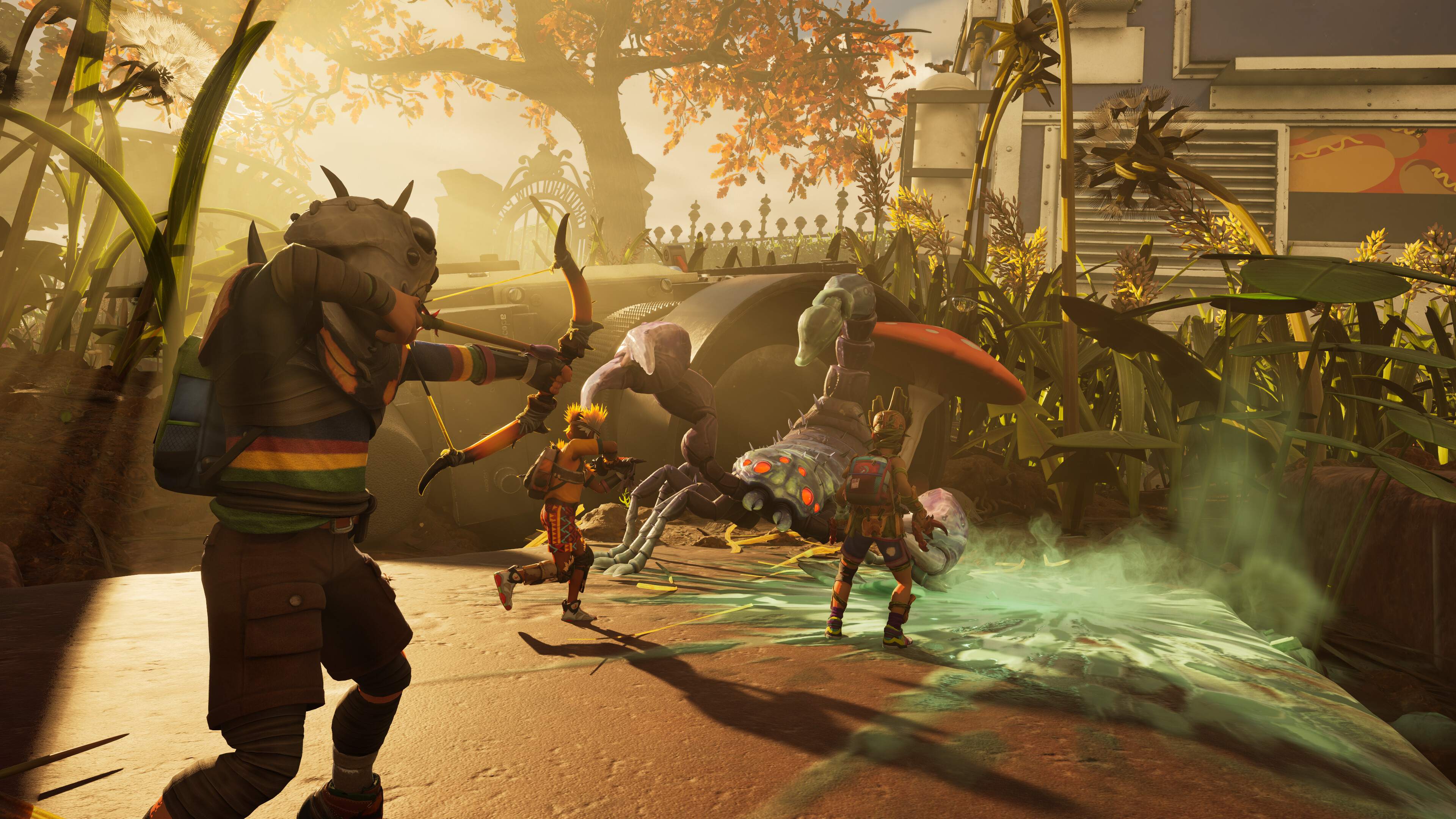
Under the Bridge Review
The first two episodes of Under the Bridge are now streaming on Hulu.
Unlike so many other crime series, Hulu’s Under the Bridge isn’t just about the “who” and “how” of an incident, but about the depths of “why.” Set in 1997, the eight-part series depicts the real-life attack on an Indo-Canadian girl by her high school peers, and her subsequent disappearance, the details of which prove increasingly surprising with each passing episode – and increasingly alluring, thanks to a palpable tension born from a realistic sense of atmosphere.
Even if you go in knowing the real story it’s based on and its outcome, Under The Bridge spins a captivating, character-centric web that’s part police procedural starring Lily Gladstone, and part sociological inquiry into a complex web of circumstances, motives, and viewpoints which span not just the lives of its central teenage characters, but of their parents and grandparents. All the while, it skillfully avoids the preachy pitfalls of many modern films and shows that confront the nature of racist hate crimes. Instead of sermonizing, it paints a deeply human portrait of not just the victim but the perpetrators, and the numerous people involved in unearthing their stories.
A fiercely committed Vritika Gupta plays Reena Virk, the angsty 14-year-old at the series’ center, and her presence looms large over the story in the form of numerous flashbacks. A second-generation kid trying to find her place in Saanich, British Columbia, she has numerous skirmishes with her Indian parents — first-gen Canadian Suman (Archie Panjabi) and immigrant Manjit (Ezra Farouke Khan) — whose conversion from Hinduism to Jehovah’s Witness results in a doubling down on religious conservatism. This kind of generational tension has formed the premise of numerous films and shows (from The Big Sick and Blinded by the Light to Ms. Marvel and Never Have I Ever), but rarely have the stakes felt as high or immediate, given the domino effect the show swiftly establishes. Reena’s inevitable teenage rebellion against her family is not only fueled by ’90s Hip Hop (the soundtrack is filled with Biggie, Cypress Hill, and Mobb Deep), but spurred on by her troublemaker friends: white bestie it-girls Josephine Bell (Chloe Guidry) and Kelly Ellard (Izzy G), who fancy themselves gangsters-in-the-making, and who string Reena along with their Black, butch sidekick Dusty Pace (Aiyana Goodfellow).
Shifting notions of guilt and innocence clash in increasingly uncomfortable ways.
By the end of the first episode, this makeshift, multiethnic clique’s interpersonal tensions result in a physical assault, and this event becomes the series’ centerpiece. The police, led by Cam Bentland (Gladstone playing a character based on multiple real people), begin piecing together the events and rounding up teen suspects. This plot thread gets complicated when a woman from Cam’s past, New York author Rebecca Godfrey (Riley Keough) gets involved in the investigation and brings new layers of its story to light, resulting in shifting notions of guilt and innocence that clash in increasingly uncomfortable ways.
Cam and Rebecca are just as vital to Reena’s story as the Virk family itself. The two women’s warring points of view — and their own entangled, tragic past as jilted lovers — influence how the case plays out and the lens through which we see it. Cam, a First Nations woman adopted by a white police captain, has an insight into Saanitch’s social web that the mostly white police force refuses to see when considering race as a possible motive, allowing Gladstone to craft enrapturing moments of silent, desperate frustration. Rebecca, meanwhile, takes a journalistic approach, and befriends a number of the teenage suspects, in whom she sees her younger self, an approach that creates a whip-smart meta-text as the series turns the camera on itself, and on the genre as a whole.
Under the Bridge is partially based on the 2005 book of the same name by the real Rebecca Godfrey (who was involved with the show’s production until her death in 2022), but it also draws from the real Ranjir Virk’s 2008 memoir, “Reena: A Father’s Story,” which offers a vital counter-narrative. In the process, the fictionalized version of Rebecca (and in many ways, the real book) are held to account for a limited perspective on the racial dynamics involved in the case. Keough’s withheld performance not only becomes a vital emotional driving force, but a mirror to how even the most allegedly “objective” viewpoints are influenced by emotional biases.
A central tension as the show goes on involves the presumption of guilt foisted upon numerous teenage suspects, owing to their social and economic circumstances as kids practically discarded by society. However, just as revealing is Under the Bridge’s use of the fictionalized Rebecca as a vessel for presumptions of innocence, and the question of which perpetrators and suspects are afforded the benefit of doubt in the public eye — or, in the case of Reena, which victims aren’t.
A central tension as the show goes on involves the presumption of guilt foisted upon numerous teenage suspects.
The show unfurls each character’s backstory in meticulous detail, but it never slows down or loses steam while covering all this ground. Each plot swerve in the present — owing to some new information unearthed by Rebecca or the cops — is usually accompanied by a series of flashbacks that give us a top-down view of the entire puzzle. For instance, the fourth episode (“Beautiful British Columbia,” helmed by the South Asian team of director Nimisha Mukerji and writer Stuti Malhotra) gets into minutia of Reena’s family history, and the way her grandparents found community and assimilation through religious conversion when they immigrated to Canada in the 1950s. This sense of belonging, however, came at a cost, with tense reverberations felt decades later in the most seemingly mundane disagreements between Reena and her parents. What Under the Bridge offers, much more than any presentation of facts in the style of a true crime podcast, is the meaning behind those facts, and an interpretation of the many reasons they took shape in the first place.
Similarly, the social and economic backgrounds of each suspect are major factors in the series. While they’re never used to excuse anyone’s actions, they help create a wide-ranging thesis on violent crime not just as a human impulse, but an outcome of societal failings. The story’s tragic nature is as much about what happens to Reena as it is about her attackers and the forces that molded them, but it also skillfully avoids erasing Reena’s victimhood in the process, not only by ensuring that she’s present in every episode, but by centering her family’s hope and despair in the aftermath of her attack.
If there’s one place Under the Bridge falters, it’s in relying on frequent voiceover from Rebecca in order to emphasize themes that are already self-evident and deftly expressed. These poetic passages, which are firm and unwavering in their viewpoint on events, are pulled from the real Rebecca’s book, but their retrospective nature — as though they were narrated from some omniscient future vantage — clashes both with the naturalistic, unpredictable approach, as well as its dramatic tension when characters like Cam and Rebecca butt heads over an ever-shifting sense of morality.
However, the show remains consistently interesting despite this recurring flaw, with each episode taking remarkably different form from its predecessor thanks to a varying narrative focus. In the streaming and binge-watch era, too many limited series spin their dramatic wheels and repeat themselves between chapters. Under the Bridge, by contrast, strikes a careful balance between episodic and overarching storytelling by purposefully switching perspectives between major characters. Each person’s story feels unique and intimate, but they all add up to create a multifaceted, multi-layered tapestry of time and place. By the end of the series, we will have gotten to know each character in deeply personal ways – perhaps even better than they know themselves.





